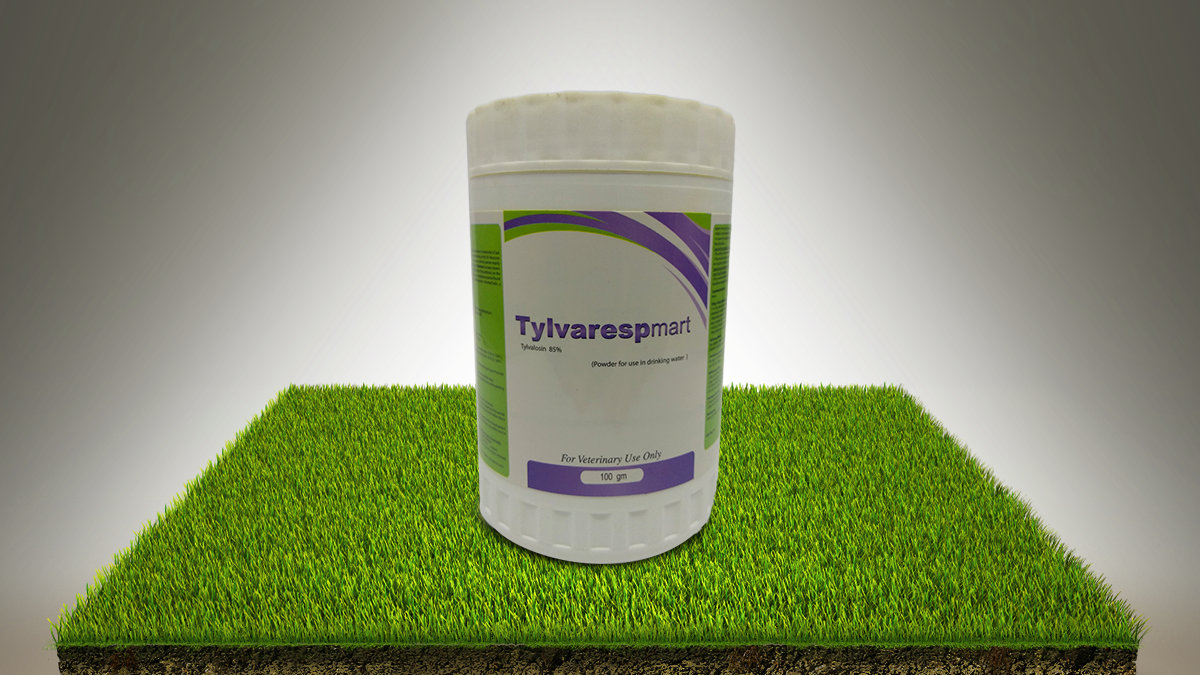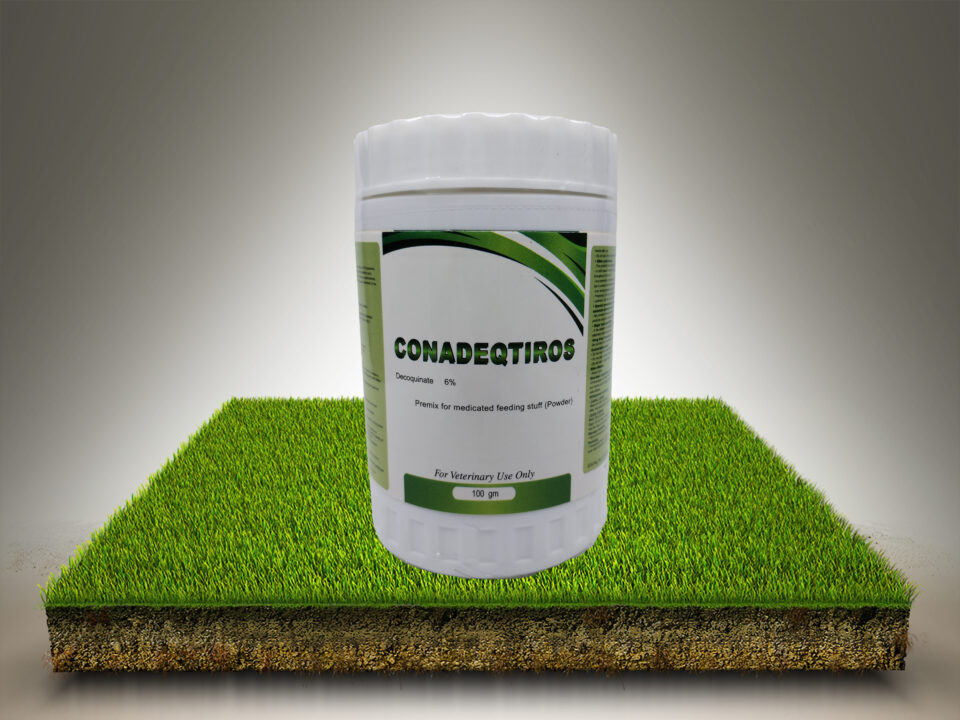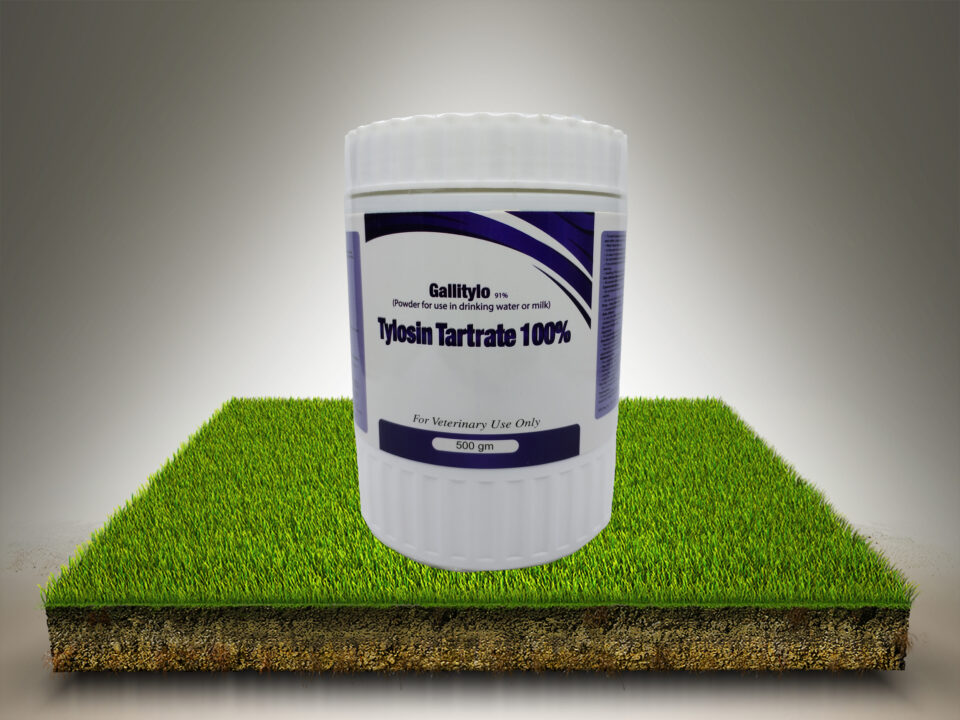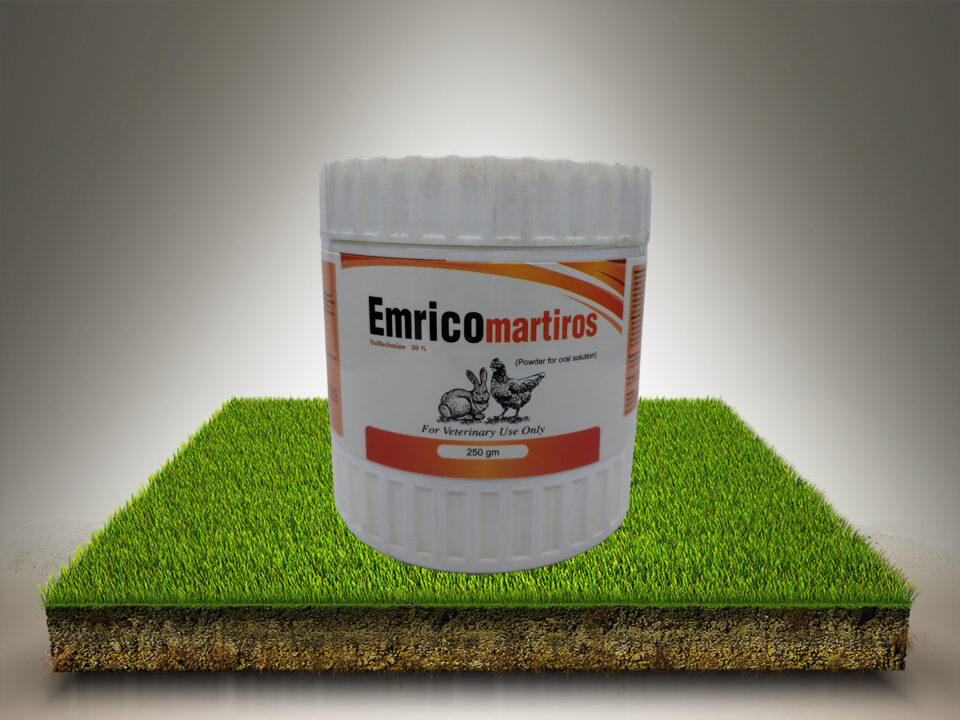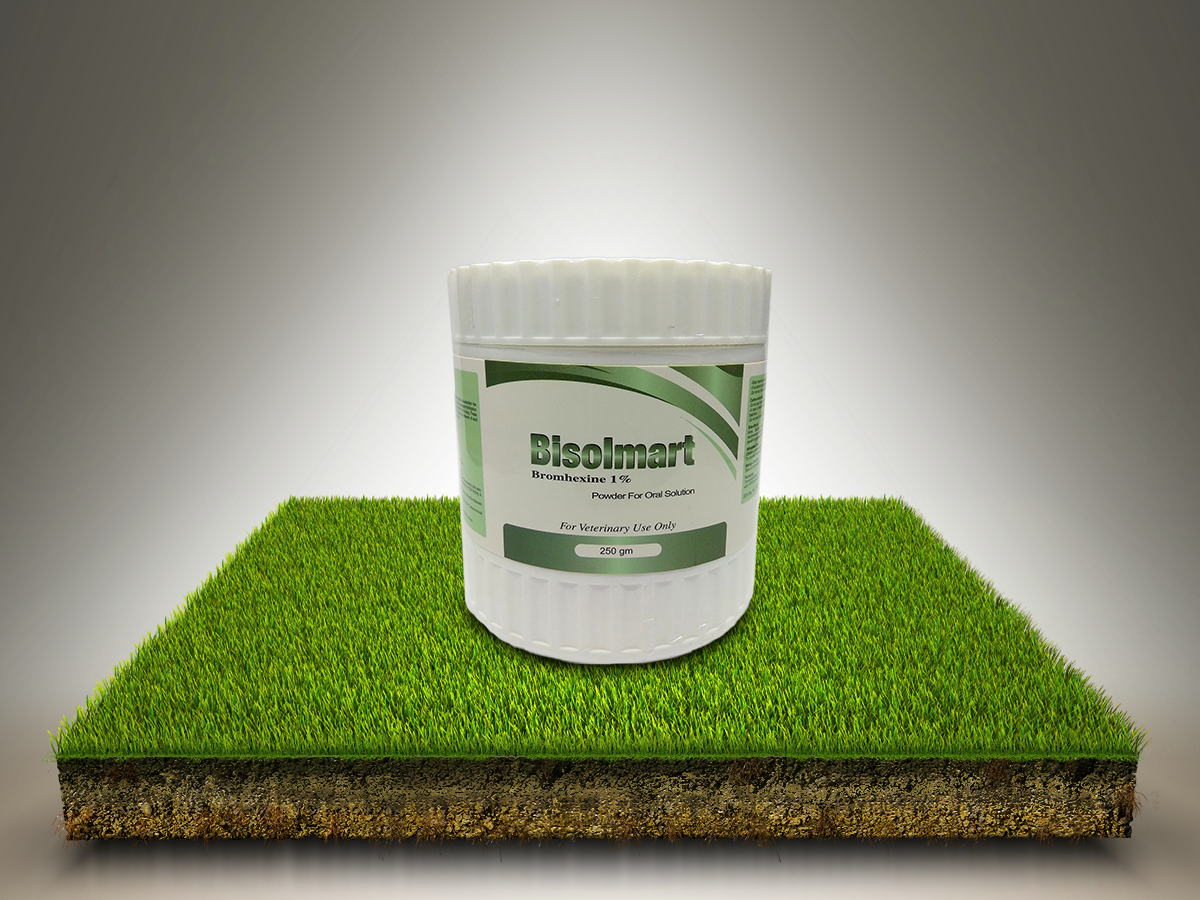
Bisolmart

Lincogerm Plus
Powder For Use In Drinking Water
For Veterinary Use Only
Composition:
Each 1gm contains:
Tylvalosin (as tartrate) 850 mg
Properties:
Tylvalosin is a bacteriostatic macrolide antibiotic. Tylvalosin is a metabolite or derivative of metabolite of soil organisms obtained by fermentation. It interferes with protein synthesis by reversibly binding to the 50S ribosome subunit. Tylvalosin has activity against pathogenic organisms isolated from a range of animal species-mainly Gram-positive organisms and mycoplasma but also some Gram-negative organisms. Tylvalosin has been shown to have effects on the innate immune system, which may augment the direct effects of the antibiotic on the pathogen and aid the clinical situation. Tylvalosin has activity against the following mycoplasma species found in chickens; Mycoplasma gallisepticum. Tylvalosin has activity against Ornithobacterium rhinotracheale, a Gram-negative organism found in turkeys and chickens.
Indications:
It is used for treatment of:
Chickens: Chronic Respiratory Disease and Infectious Sinusitis caused by Mycoplasma gallisepticum.
Turkeys: Ornithobacterium Infection caused by Ornithobacterium rhinotracheale (ORT).
Target Species:
Chickens and turkeys
Dosage & route of administration:
Route of administration: Orally in drinking water.
For active ingredient:
Chickens. : 25 mg tylvalosin / kg.b.wt.per day in drinking water for 3 consecutive days.
Turkeys. : 25 mg tylvalosin/ kg.b.wt.per day in drinking water for 5 consecutive days.
For whole product:
Chickens. : 29.4 g of product / 1000 kg.b.wt. per day in drinking water for 3 consecutive days. ( 0.29 g / Liter ).
Turkeys. : 29.4 g of product / 1000 kg.b.wt. per day in drinking water for 5 consecutive days. ( 0.29 g / Liter ).
Warnings & Precautions:
• The strategy for Mycoplasma gallisepticum infection should include efforts to eliminate the pathogen from the parent generation.
• Infection with Mycoplasma gallisepticum is reduced but not eliminated at the recommended dose.
• Medication should only be used for short-term amelioration of clinical signs in breeder flocks whilst awaiting confirmation of diagnosis of Mycoplasma gallisepticum infection
Special precautions for use:
Special precautions for use in animals:
• Good management and hygiene practices should be introduced to reduce the risk of re-infection.
• It is sound clinical practice to base treatment on susceptibility testing of the bacteria isolated from the animal. If this is not possible, therapy should be based on local (regional, farm level) epidemiological information about susceptibility of target bacteria.
• Use of the veterinary medicinal product deviating from the instructions may increase the risk of development and selection of resistant bacteria and decrease the effectiveness of treatment with other macrolides due to potential for cross-resistance.
Special precautions to be taken by the person administering the veterinary medicinal product to animals:
• Tylvalosin has been shown to cause hypersensitivity (allergic) reactions in laboratory animals;
therefore, people with known hypersensitivity to tylvalosin should avoid contact with this product.
• When mixing the veterinary medicinal product and handling the medicated water, direct contact witheyes, skin and mucous membranes should be avoided.
• Personal protective equipment consisting of impervious gloves and a half-mask respirator should be worn when mixing the product.
• Wash contaminated skin.
• In case of accidental ingestion, seek medical advice immediately and show the package leaflet or the label to the physician.
Use during pregnancy, lactation or lay:
• The safety of the veterinary medicinal product has not been established during lay in turkeys.
• The product can be used in chickens laying eggs for human consumption and breeding birds producing eggs for hatching broiler stock or replacement layers.
Special precautions for the disposal of unused veterinary medicinal product or waste materials derived from the use of such products:
• Any unused veterinary medicinal product or waste materials derived from such veterinary medicinal product should be disposed of in accordance with local requireme nts
Contra-indication:
Non
Drug–drug interaction:
• In the absence of compatibility studies, this veterinary medicinal product must not be mixed with other veterinary medicinal products
• Macrolide antibiotics probably should not be used with chloramphenicol or the lincosamides, because they may compete for the same 50S ribosomal binding site.
• Activity of macrolides is depressed in acidic environments.
• Macrolides are substrates for and potentially potent inhibitors of P-glycoprotein efflux pumps.
Adverse effects:
No adverse effects on egg production, egg fertility, hatchability and chick viability were observed in broiler breeder stock administered 75 mg tylvalosin per kg bodyweight per day for 28 consecutive days.
Overdose (symptoms, emergency procedures, antidotes), if necessary:
No signs of intolerance have been observed in poultry species at up to 150 mg tylvalosin per kg bodyweight per day for 5 days.
Withdrawal time:
• Meat and offal: 2 days.
• Eggs (chicken): zero days.
• Turkeys: Not for use in birds producing or intended to produce eggs for human consumption.
• Do not use within 21 days of the start of the laying period.
Storage conditions:
• Store at temperature not exceed 30 °C and protected from light.
• Keep out of reach of children.
Packagings:
Plastic containers: 100,250,500 and 1000 gm

